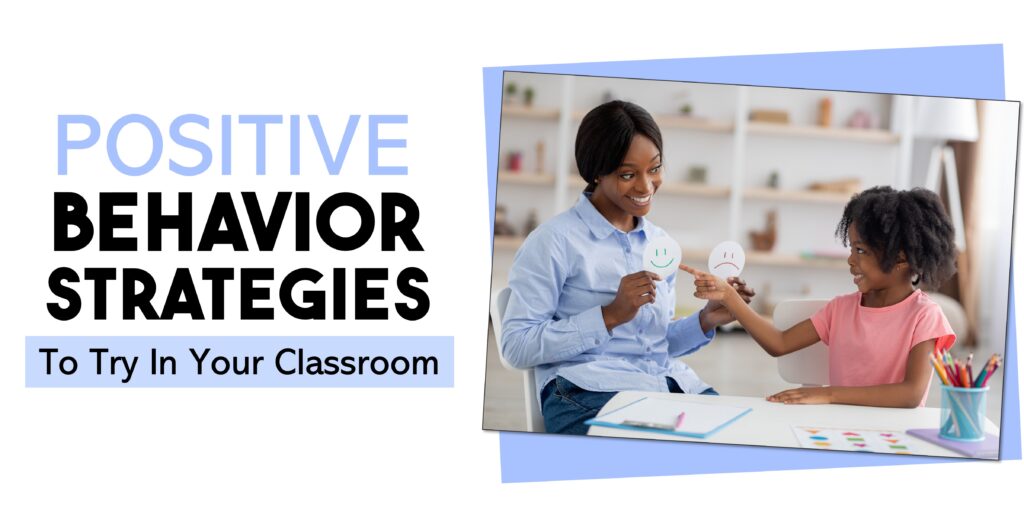BEHAVIOR OF A TEACHER
The behavior of a teacher encompasses their actions, demeanor, and interactions with students, colleagues, and parents within the educational setting. A teacher's behavior significantly influences the classroom climate, student engagement, and overall learning experience. Here are some key aspects of a teacher's behavior:
1. Professionalism:
Teachers are expected to maintain a high level of professionalism in their behavior. This includes being punctual, dressing appropriately, and adhering to professional codes of conduct. Professional behavior also involves maintaining confidentiality, respecting boundaries, and being mindful of appropriate teacher-student relationships.
2. Communication:
Effective communication is essential for teachers. They should communicate clearly and appropriately with students, using language and tone that is respectful and age-appropriate. Teachers should also actively listen to students, encourage open dialogue, and provide constructive feedback.
3. Positive Reinforcement:
Teachers can reinforce positive behavior and achievements by providing praise, recognition, and encouragement. Positive reinforcement motivates students, builds their self-confidence, and creates a supportive and nurturing classroom environment.
4. Consistency:
Consistency in behavior is crucial for maintaining discipline and establishing expectations. Teachers should apply rules, policies, and consequences consistently and fairly. Predictable and consistent behavior helps students understand boundaries, fosters a sense of security, and minimizes confusion.
5. Empathy and Understanding:
Teachers should demonstrate empathy and understanding towards their students. They should be sensitive to students' individual needs, backgrounds, and circumstances. Showing empathy helps build trust, strengthens teacher-student relationships, and creates a supportive learning environment.
6. Classroom Management:
Teachers should employ effective classroom management strategies to create a structured and conducive learning environment. This involves establishing routines, managing transitions, and implementing behavior management techniques to minimize disruptions and maximize learning time.
7. Flexibility and Adaptability:
Teachers need to be flexible and adaptable in response to the diverse needs and abilities of their students. They should be willing to modify instructional methods, differentiate instruction, and provide additional support or challenges as needed.
8. Professional Collaboration:
Teachers should engage in professional collaboration with colleagues. Collaborative behavior includes sharing resources, ideas, and best practices, as well as actively participating in team meetings, professional development activities, and collaborative planning.
9. Lifelong Learning:
Teachers should model a commitment to lifelong learning. This involves continuously seeking opportunities for professional development, staying up-to-date with research and best practices, and demonstrating a growth mindset. Teachers who embrace lifelong learning inspire their students to become lifelong learners as well.
10. Role Modeling:
Teachers serve as role models for their students. Their behavior and actions shape students' understanding of appropriate behavior, values, and social skills. Teachers should model positive behavior, ethical conduct, and respectful interactions to guide students in their own development.
The behavior of a teacher has a significant impact on the learning environment and student outcomes. By exhibiting professionalism, effective communication, empathy, and positive reinforcement, teachers can create a positive and engaging classroom atmosphere that fosters student growth and success.

Comments
Post a Comment